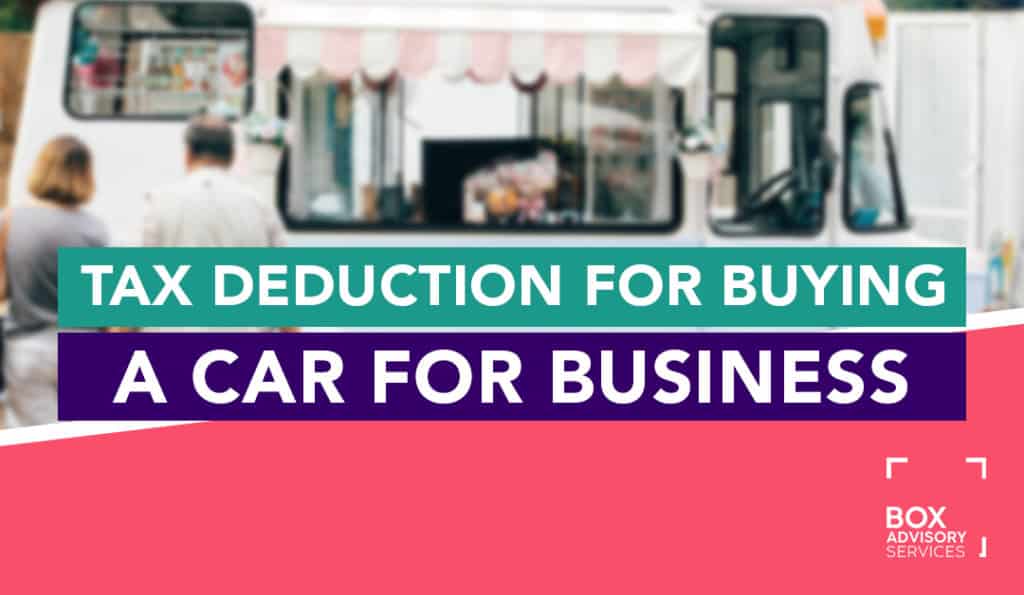
BY
|
How Much Tax Will I Get Back? Estimate Your Tax Return for EOFY
We hear it all the time: “how much tax will I get back this year?”
The truth is, estimating your tax refund can help you plan your finances and get an idea of what to expect at tax time. The Australian income tax system features progressive tax rates, starting at 0% for low-income earners and increasing up to 45% for high-income earners.
To receive any tax refund, you need to lodge a tax return. Here’s a guide on calculating your estimated tax return for the 2024-25 financial year in Australia.
Factors That Impact Your Tax Refund
The amount of tax you’ll get back depends on several factors:
- Your total taxable income for the year
- The amount of tax you paid through withholding
- Deductions and offsets you’re eligible to claim
- Your tax bracket and marginal tax rate
- Obligations related to the higher education loan program
- Medicare levy and Medicare levy surcharge
- Private health insurance and its impact on the final refund amount
Calculating Your Estimated Tax Refund
To get a rough estimate of your tax refund, follow these steps:
- Determine your total taxable income from all sources for the financial year.
- Use a tax calculator to estimate your tax liabilities for the current and previous tax years. This tool helps you understand your potential refunds or due amounts during tax season.
- Calculate the tax payable on that income based on the tax brackets.
| Taxable income | Tax on this income |
| 0 – $18,200 | Nil |
| $18,201 – $45,000 | 16c for each $1 over $18,200 |
| $45,001 – $135,000 | $4,288 plus 30c for each $1 over $45,000 |
| $135,001 – $190,000 | $31,288 plus 37c for each $1 over $135,000 |
| $190,001 and over | $51,538 plus 45c for each $1 over $190,000 |
4. Add the Medicare levy of 2% of your taxable income.
5. Compare this amount to the total tax you paid through withholding during the year (found on your PAYG payment summary or income statement).
6. The difference is your estimated refund if you paid more tax than your total tax payable. If you paid less, you’ll owe money to the ATO during the tax refund process.
7. Use a tax refund calculator to estimate the tax refund based on various tax years and understand tax deductions and withholdings to maximise your potential refund.
For example, if your taxable income was $60,000 and you paid $15,000 in tax, your estimated refund would be:
| Item | Amount |
| Annual Income | $60,000 |
| Tax on $60,000 income | $8,137 |
| Medicare levy (2%) | $1,200 |
| Total tax payable | $9,337 |
| Tax withheld | $15,000 |
| Estimated refund | $5,663 |
Keep in mind this is just an estimate. Your actual refund will depend on deductions and other factors when you lodge your tax return.
Tax Deductions to Boost Your Refund
Don’t forget to claim all the deductions you’re eligible for to maximise your refund. Some common work-related expenses you may be able to claim include:
- Vehicle and travel expenses
- Clothing, laundry and dry-cleaning
- Home office expenses
- Self-education expenses
- Tools and equipment
- Union fees and subscriptions
You can also claim deductions for costs of managing your tax affairs, donations to registered charities, and income protection insurance premiums. Make sure you have records to substantiate your claims.
When to Expect Your Tax Refund
If you lodge your tax return online, you can expect to receive your refund within two weeks. Tax returns lodged through a registered tax agent can take longer, but as agents, we can often identify extra deductions to increase your refund.
The deadline for lodging your tax return is October 31st for most individuals. If you lodge through a tax agent, you may be able to lodge later.
Key Takeaways
- The amount of tax you’ll get back depends on your taxable income, tax paid and deductions.
- Estimate your refund by calculating the tax on your taxable income and comparing it to the tax you paid.
- Claim all eligible deductions to maximise your refund.
- For most people, tax refunds are issued within two weeks of lodging an online return.
FAQs
What if I have multiple jobs?
If you have more than one job, ensure you only claim the tax-free threshold from one employer. Your total income from all jobs is what determines your tax bracket.
What if I’m not an Australian resident for tax purposes?
Non-residents are taxed differently and aren’t eligible for the tax-free threshold. If you’re a working holidaymaker, you’ll be taxed at 15% up to $45,000.
Can I still get a refund if I don’t have a regular job?
Yes, even if you only earned small amounts from casual work, you may have had tax withheld and could be due a refund. You need to lodge a tax return to find out.
What happens if I haven’t paid enough tax?
You’ll receive a tax bill if your tax payable is more than the amount withheld from your income. In some cases, you may be able to set up a payment plan with the ATO.
Estimating your tax return can give you a ballpark idea of what to expect, but you’ll need to lodge your tax return for an accurate refund amount. With some preparation and record-keeping throughout the year, you can maximise your refund and avoid any surprises at tax time.



